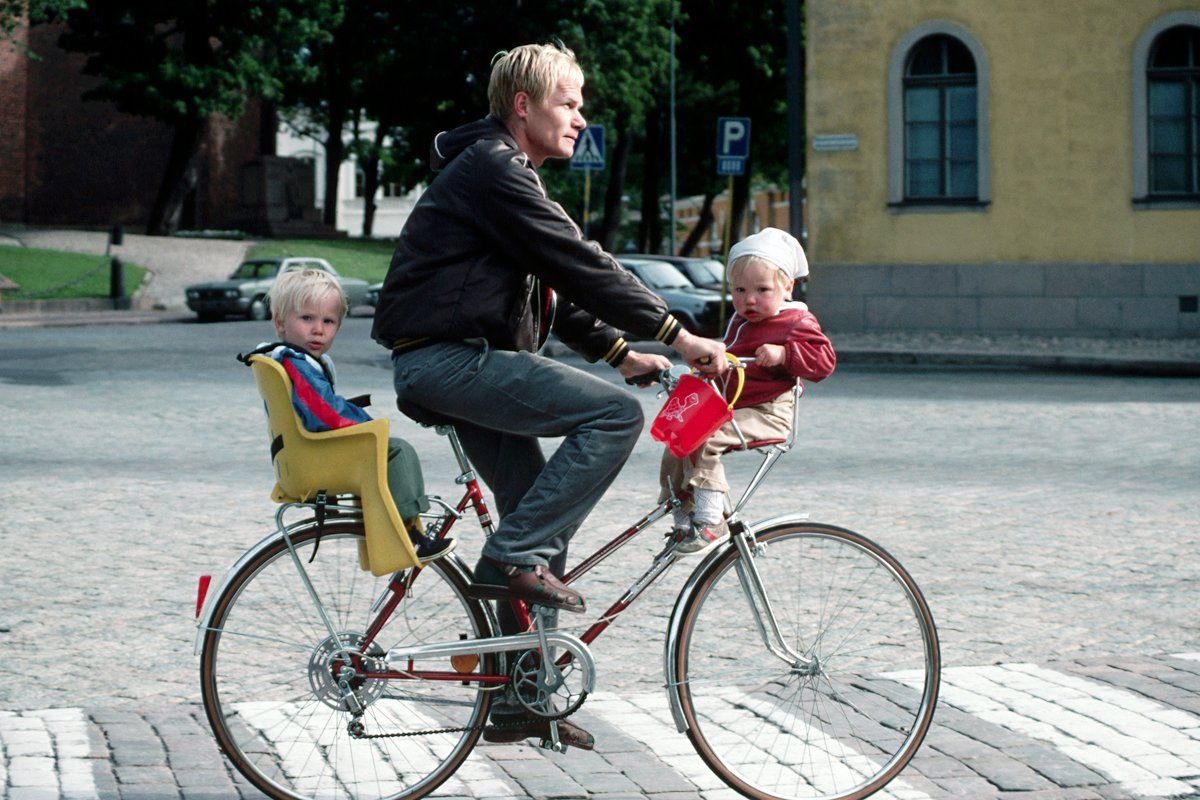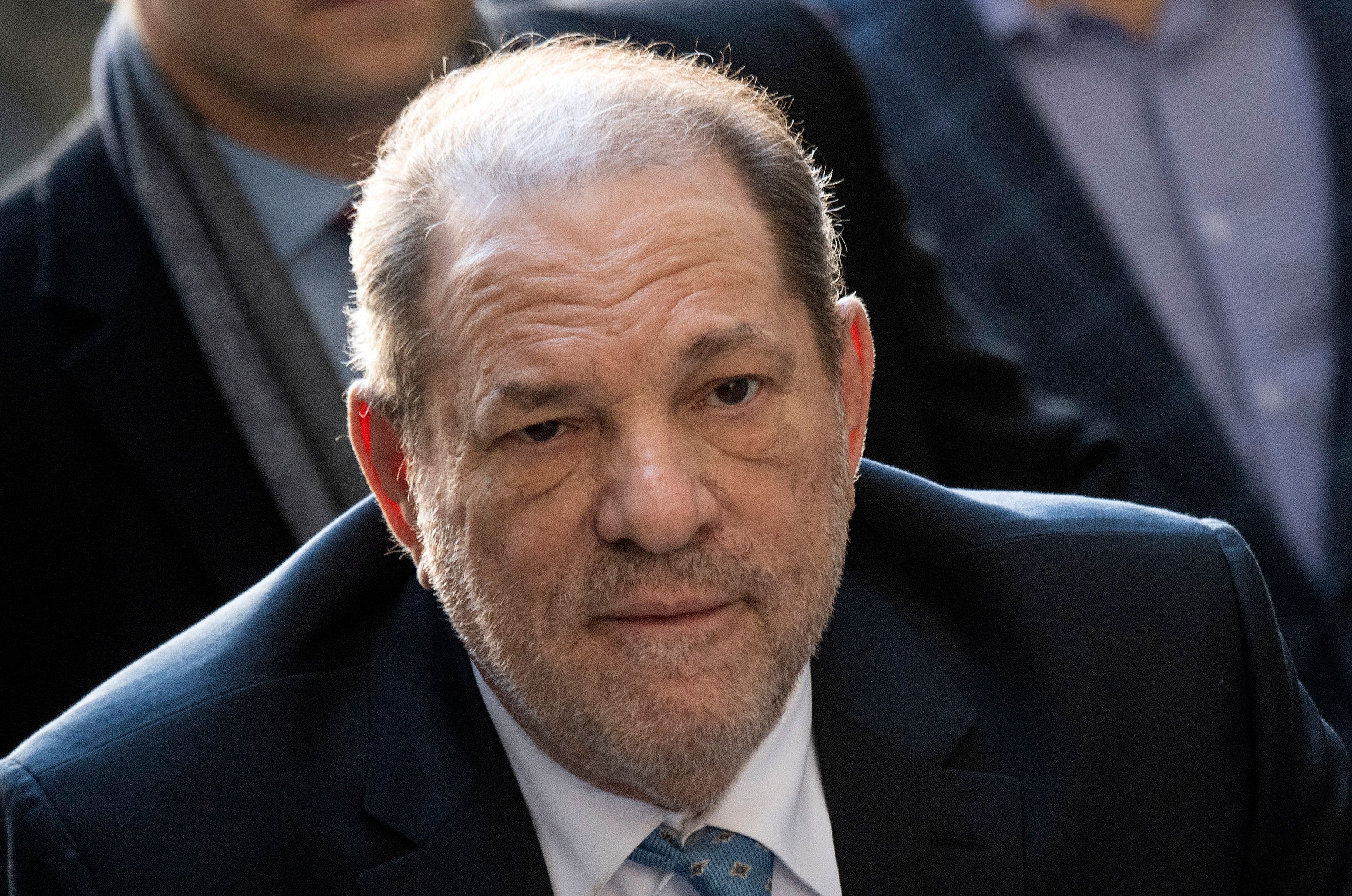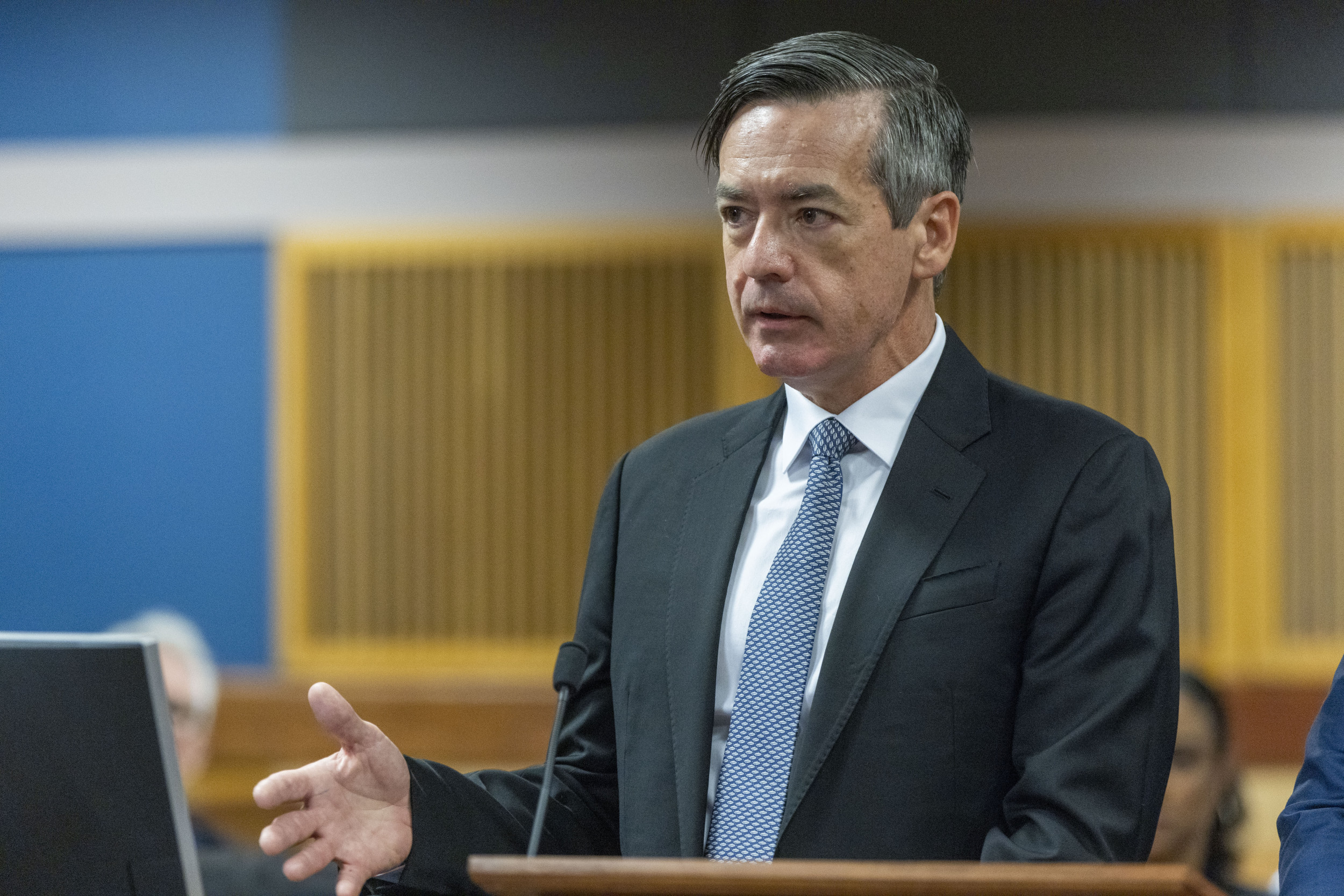
To gauge a health-care system's success, it's standard to consider three points: quality, coverage, and cost. On all three measures, Japan stands at or near the top in every comparative ranking.
Quality:The Japanese have the world's longest life expectancy and the best recovery rates from just about every major disease. Infant mortality is less than half the U.S. rate. Japan usually leads the world in rankings of "avoidable mortality"—its effectiveness in curing diseases that can be cured.
Coverage:Japan's health-insurance sys-tem covers everybody, including illegal aliens. It pays for physical, mental, dental, and long-term care. The Japanese are the world's most prodigious consumers of medical care; on average they see the doctor about 15 times per year, three times the U.S. norm. They get twice as many prescriptions per capita and three times as many MRI scans. The average hospital stay is 20 nights—four times the U.S. average.
Cost: And yet Japan produces all that high-quality care at bargain-basement prices. The aging nation spends about $3,500 per person on health care each year; America burns through $7,400 per person and still leaves millions without coverage.
Japan has universal coverage, but it's not "socialized medicine." It's largely a private-sector system. There is government insurance for the unemployed and the elderly, but most people rely on private plans. Japanese doctors are the most capitalist and competitive in the world. But we're talking Japanese-style free enterprise here; there's significant government regulation of the private players. Health insurers are required by law to cover everybody, and to pay every claim; the corollary is that everybody is required to buy health insurance. The price for a given treatment is identical everywhere in Japan. Officials say this is designed to attract doctors to rural communities, but that's not working very well; many small towns on the outer islands have no doctor at all these days.
That fee schedule is the key to cost control in a country where people love going to the doctor. Basically, it shafts doctors and hospitals, paying some of the lowest fees on earth. As a result, doctors work long hours. They are comfortably middle-class, but not in the country-club set. But the savings can be huge in the high-tech realm that drives U.S. bills so high. An MRI scan of the neck region—routinely $1,400 or so in America—is $130 in Japan. Cost cutting like that has stimulated innovation and efficiency. Low fees are taking a toll, though. In a sense, Japanese medicine is the mirror opposite of America's. We spend too much on health care, but still cover too few of our citizens; Japan provides lots of care to everybody, but probably spends too little to make its best-in-the-world system sustainable.
Reid's bestselling book The Healing of America: A Global Quest for Better, Cheaper, and Fairer Health Care will be released in paperback this fall.
Uncommon Knowledge
Newsweek is committed to challenging conventional wisdom and finding connections in the search for common ground.
Newsweek is committed to challenging conventional wisdom and finding connections in the search for common ground.
About the writer
To read how Newsweek uses AI as a newsroom tool, Click here.








